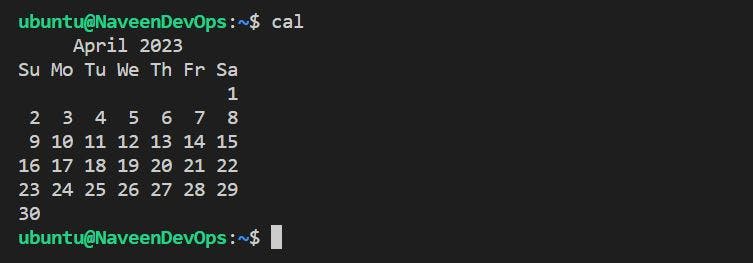Linux
Linux is a free and open-source operating system that was initially developed by Linus Torvalds in 1991. It is based on the Unix operating system, which was first developed in the 1960s and 1970s.
The Linux operating system is derived from the Unix operating system, Unix was initially used by large corporations and universities, but it was not widely available to the general public due to its high cost. In the 1980s, a group of programmers known as the Free Software Foundation began developing a free and open-source version of Unix called GNU. However, the GNU operating system lacked a kernel, which is a core component of an operating system that controls the system's hardware resources.
In 1991, Linus Torvalds, a computer science student in Finland, began developing a new kernel that would work with the GNU operating system. He named his kernel "Linux," and it quickly gained popularity among developers due to its open-source nature and flexibility. Today, Linux is widely used in servers, supercomputers, embedded systems, and other devices, and it is one of the most popular operating systems in the world.
Linux is based on a set of principles that guide its development and use. These principles include:
Open source: Linux is open-source software, which means that its source code is freely available for anyone to view, modify, and distribute. This encourages collaboration and innovation among developers and users.
Modularity: Linux is highly modular, which means that it is made up of many small components that can be easily combined and customized to suit specific needs. This allows users to create tailored versions of Linux for specific tasks or hardware configurations.
Security: Linux is designed to be secure, with features such as access controls, firewalls, and encryption built into the operating system. Additionally, the open-source nature of Linux allows for rapid identification and patching of security vulnerabilities.
Stability: Linux is known for its stability and reliability, with many systems running for months or even years without needing to be rebooted. This is due in part to the modular nature of the operating system, which allows for individual components to be updated or replaced without affecting the entire system.
Community: Linux has a large and active community of developers, users, and enthusiasts who work together to improve and promote the operating system. This community provides support, guidance, and resources to users and developers alike, making Linux accessible to a wide range of users and use cases.
Linux Architecture

Linux filesystem hierarchy

Basic Commands
pwd: Print working directory. This command is used to display the current working directory.

Date command in Linux is used to display and set the system date and time.

Cal: command in Linux is used to display a calendar in the terminal.

History: The
historycommand in Linux is used to display a list of previously executed commands in the terminal.Hostname: The
hostnamecommand in Linux is used to display or set the system's hostname.whoami: The
whoamicommand in Linux is used to display the username of the current user.
Basic commands 2:
mkdir: Make directory. This command is used to create a new directory. For example, "mkdir new_directory" would create a new directory called "new_directory".
We can create multiple directories at the same time
we can create parent and child directories at the same time.
mkdir new_direcory mkdir dir1 dir2 dir3 mkdir -p devops/scm/gitls: List directory contents. This command is used to display the files and directories in the current directory. For example, "ls -l" would show a detailed list of the files and directories in the current directory.
